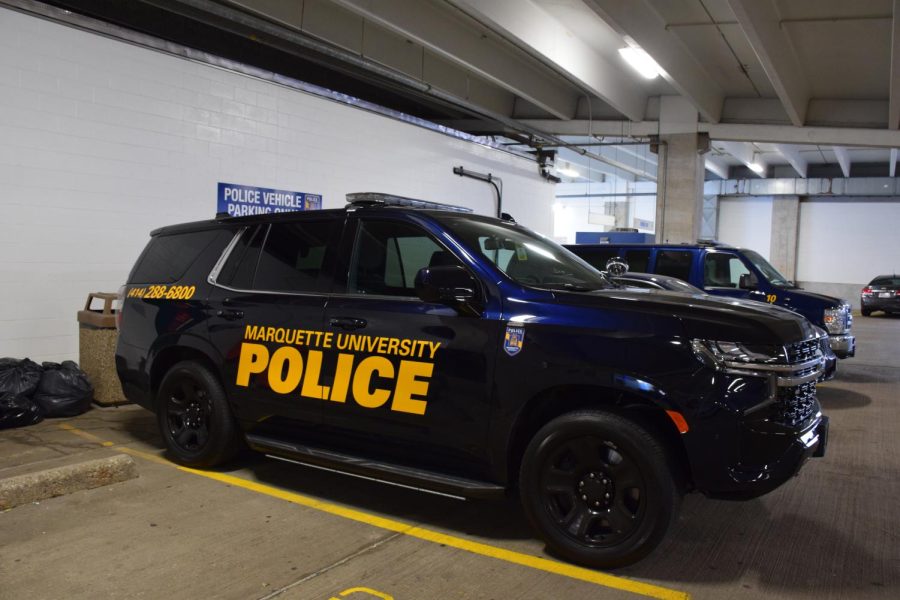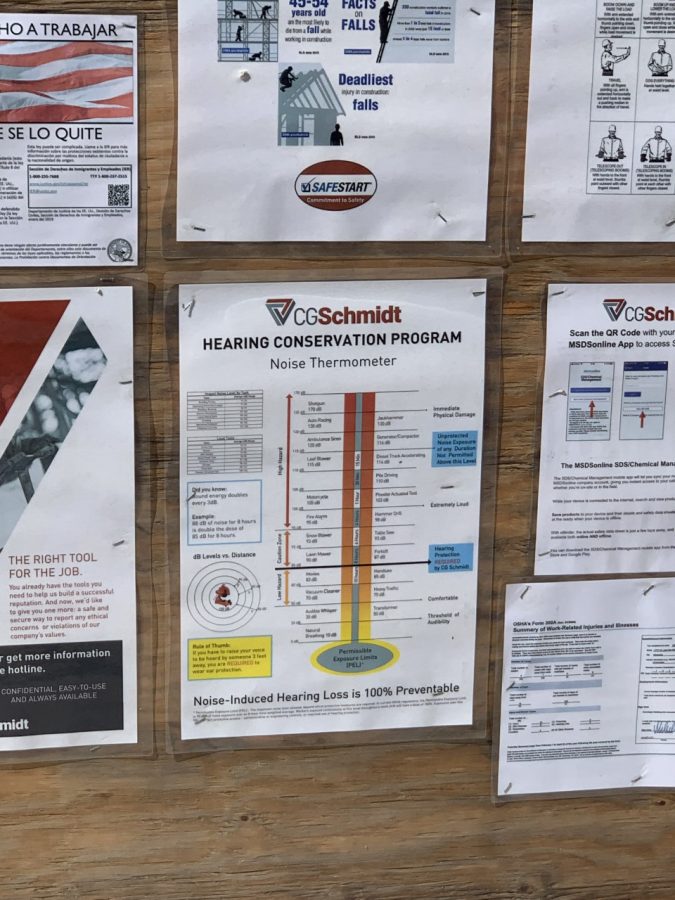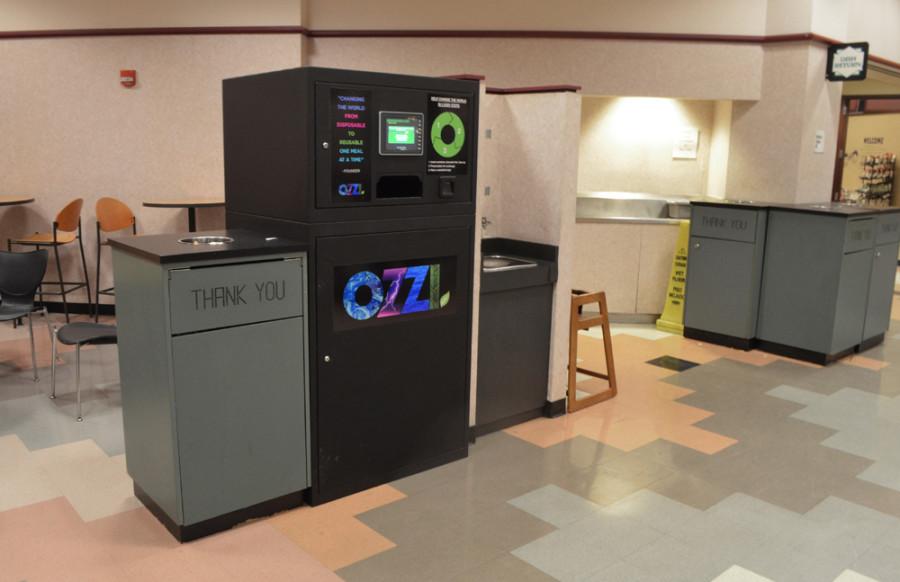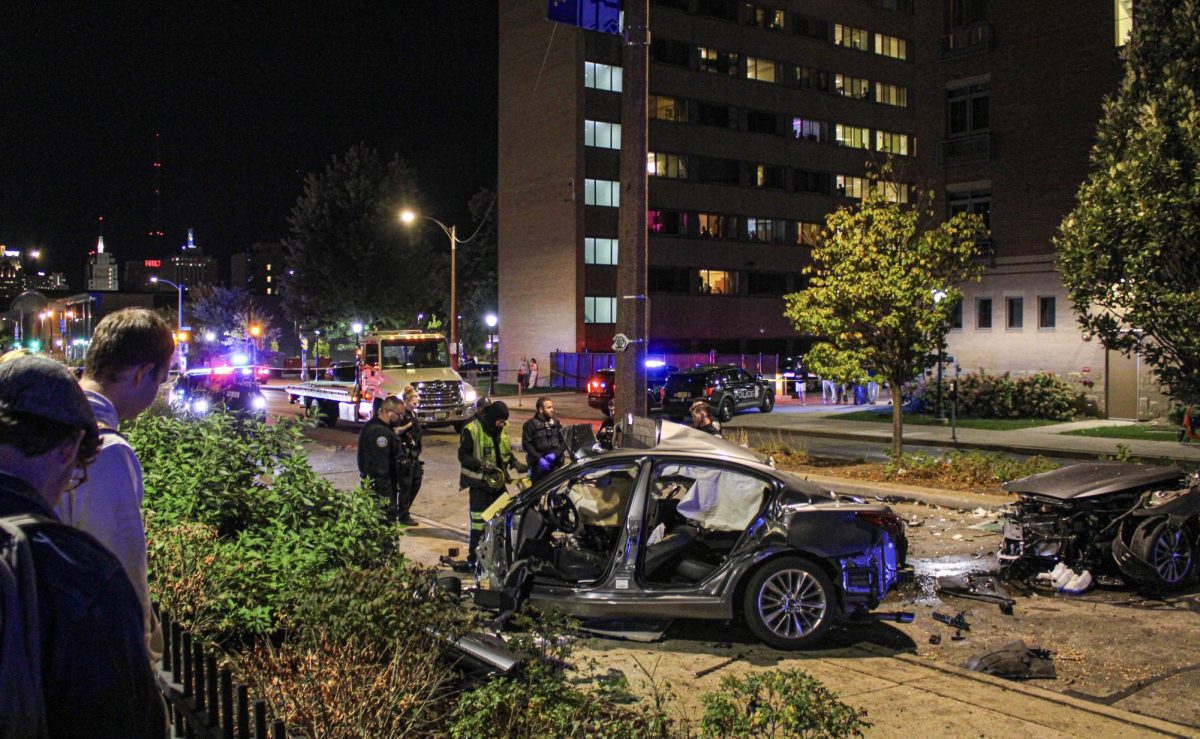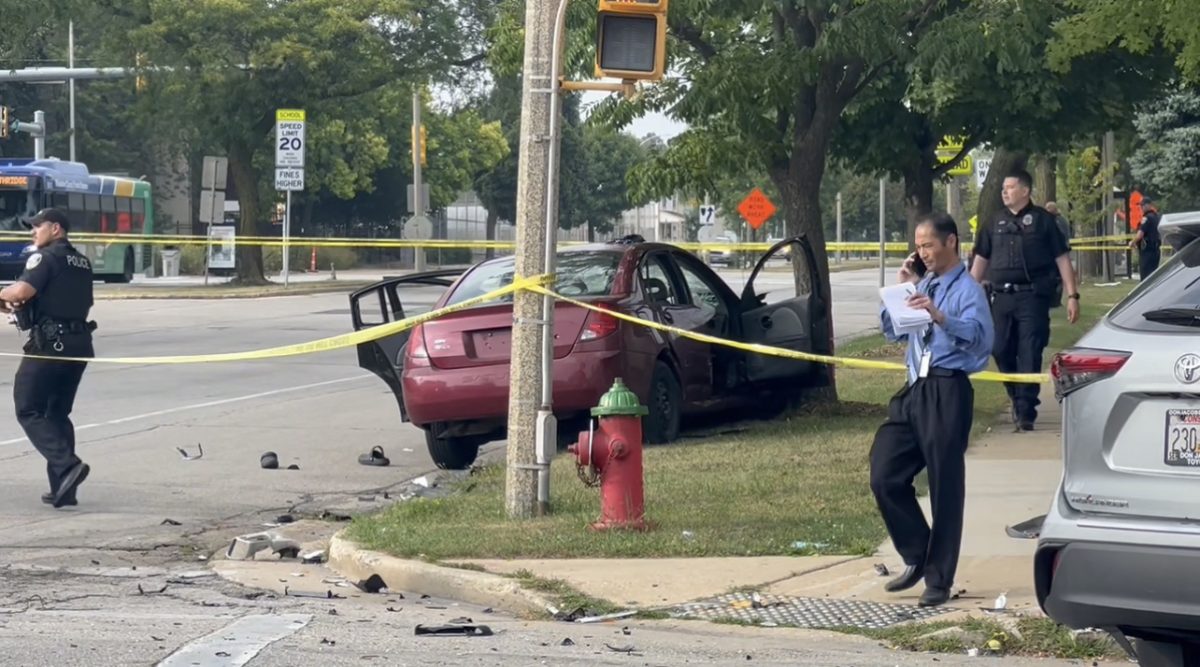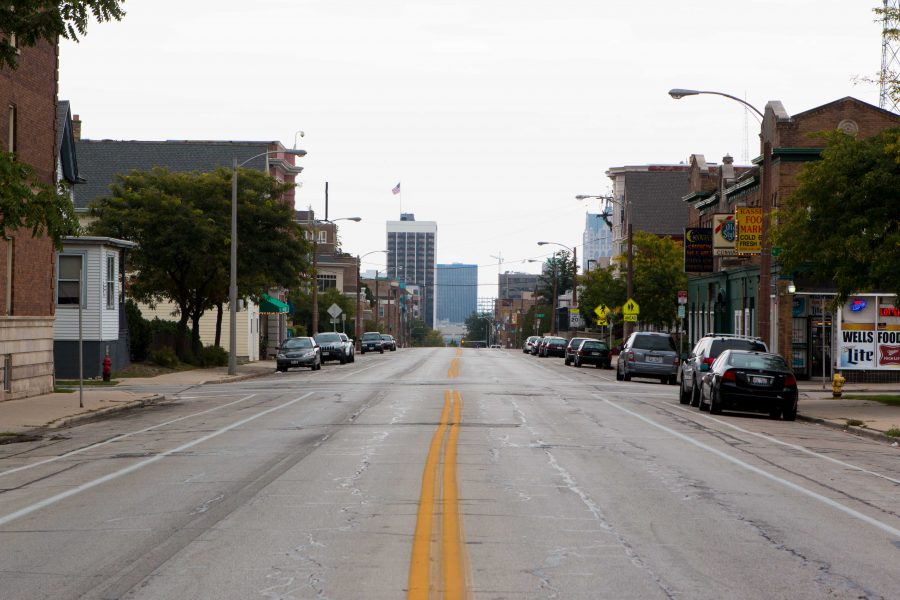Hybrid squad cars are the latest trend among police departments in Milwaukee. Marquette University Police Department recently acquired two hybrid Ford Explorers that are being outfitted with police equipment before they go into use later this week, MUPD fleet manager Kevin Walz said.
Hybrid vehicles are mobilized by both an internal combustion gas engine and at least one battery-powered electric motor. Walz hopes that every year MUPD gets three hybrids and retires three non-hybrids, so that in three years all nine patrol cars are hybrid.
“I’m thrilled that [MUPD] has the foresight to move in this direction. Hybrid vehicles are more efficient, they’re more economical,” Stefan Schnitzer, Marquette University’s director of environmental science and studies, said.
MUPD conferred with the Milwaukee Police Department before making the change to a fleet of hybrid squad cars. The 10 hybrids the Milwaukee Police Department purchased last year are already saving the department money.
Hybrid vehicles will cut down on both departments’ fuel expenses. Non-hybrids averaged 8.8 miles per gallon while hybrids averaged 13.2 miles per gallon, MPD fleet manager Brian White said. White said there are about 400 squad cars in the MPD fleet, and he anticipates that 40 hybrids will be purchased each year so that the entire fleet will be hybrid in 10 years.
Walz estimates that MUPD’s nine squad cars will save the university $25,000 annually in fuel expenses. A 54% reduction in fuel comes with a 35% reduction in greenhouse gas emissions, according to a telematics report White received from Ford.
The biggest savings for both the environment and department gasoline budgets is the hybrid car idling on the electric engine, White said. The lights, radio and computers are powered by the electric engine rather than the internal combustion engine.
“This is environmental advocacy in action. The police department has seen that not only can they save money, but they basically sacrifice nothing. They can get vehicles that are the same size, that have better performance and use far less fuel,” Schnitzer said.
There’s more power in a hybrid vehicle due to there being two sets of motors, gas and electric, Walz said.
The extra motors do not require extra maintenance for the vehicle: In fact, it’s just the opposite. White said that when an engine is running for one hour, it’s the equivalent of driving 30 miles. Because the hybrids idle on the electric motor, the internal combustion engines have about 25% fewer engine hours. The fewer the engine hours, the less servicing is needed for an engine because the parts are not getting as worn out.
“Those things are run 24/7, pretty much. It’s a 12 hour shift. As soon as one cop gets out from the night shift, the day shift [officer does their] walk around, checks that vehicle, gets right back in it. So basically, a lot of these vehicles are running nonstop,” Walz said.
It is unlikely that fully electric cars would be put to use by police departments because this rigorous schedule does not allow for charging, White said. Conversely, hybrids use a regenerative braking system, so the battery can recharge when not in use.
“Even if it’s just our nine vehicles for the university, it shows to the community what a difference you can make,” Walz said.
This story was written by Timothy Littau. He can be reached at timothy.littau@marquette.edu

